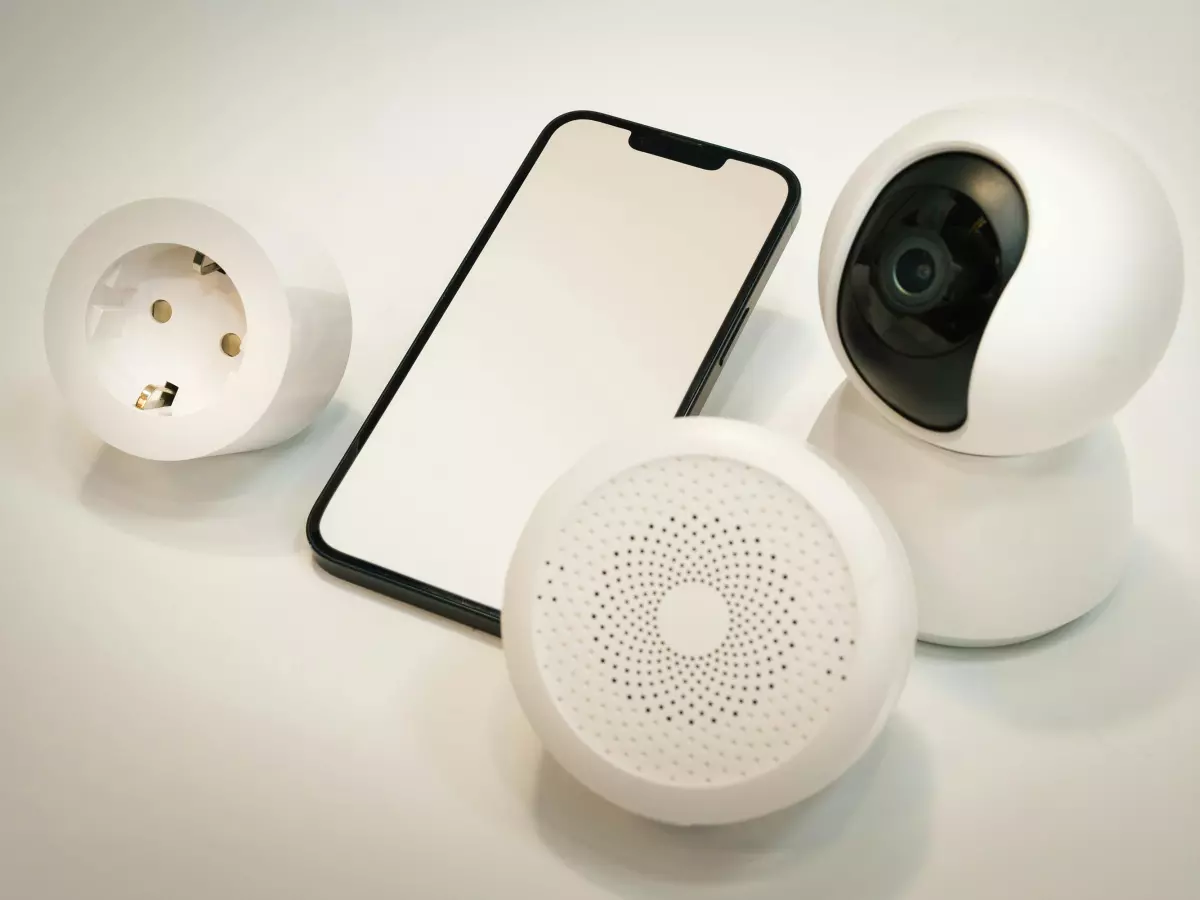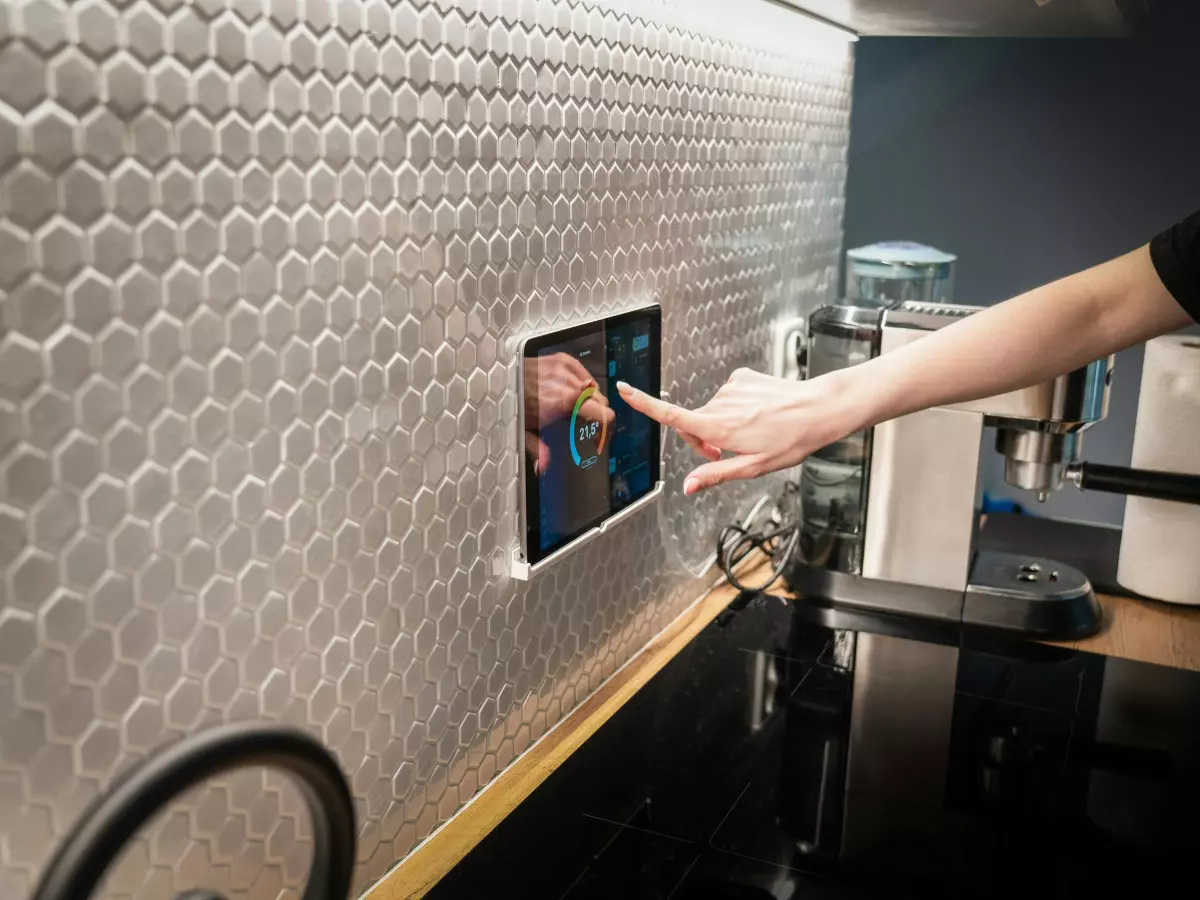Syncing Smart Homes
Imagine this: You’ve just installed a brand-new smart thermostat, a couple of smart lights, and a voice assistant. Everything is working perfectly—until it’s not. One day, your thermostat is showing a different temperature on your phone than on the wall unit, and your lights are turning on at odd times. What’s going on?

By Laura Mendes
Most people assume that once you set up your smart home devices, they’ll all work together flawlessly, syncing data in real-time across different platforms. After all, that’s the promise of a smart home, right? However, the reality is a bit more complicated. Data synchronization—making sure all your devices are on the same page—can be tricky, especially when you’re dealing with different brands, protocols, and connectivity standards.
So, what’s the deal with data synchronization in smart homes? Why do devices sometimes fall out of sync, and what can you do about it? Let’s dive into the technical side of things and explore how your smart home devices handle—or struggle with—keeping everything in perfect harmony.
Why Synchronization Matters
First, let’s talk about why synchronization is so important. In a smart home, devices are constantly exchanging data. Your smart thermostat needs to know the temperature in real-time to adjust your heating or cooling. Your smart lights need to know when to turn on or off based on your schedule or voice commands. If these devices aren’t synchronized, you could end up with a home that’s too hot, too cold, or lit up like a Christmas tree at 3 AM.
Synchronization ensures that all your devices are working based on the same data, whether it’s the current temperature, time of day, or your latest voice command. Without proper synchronization, your smart home becomes less “smart” and more of a headache.
The Challenges of Cross-Platform Syncing
One of the biggest challenges in smart home data synchronization is the fact that not all devices speak the same language. You’ve got devices using Wi-Fi, Zigbee, Z-Wave, Bluetooth, and even proprietary protocols. Each of these protocols has its own way of handling data, and getting them to play nice together can be a real challenge.
For example, let’s say you have a smart thermostat that uses Wi-Fi and a smart lighting system that uses Zigbee. These two devices might not communicate directly with each other, which means they rely on a central hub or cloud service to sync their data. If there’s a delay in that communication, you could end up with mismatched data, like your thermostat thinking it’s 72°F while your phone app shows 68°F.
Another issue is that different platforms—like Google Home, Amazon Alexa, and Apple HomeKit—each have their own way of handling data. So, if you’re using devices from multiple platforms, you might experience delays or inconsistencies in how data is synced across your smart home.
Cloud vs. Local Syncing
Most smart home devices rely on cloud services to sync data. This means that when you adjust your thermostat or turn off a light, that command is sent to a cloud server, which then relays the updated data to your other devices. While this works most of the time, it can introduce delays, especially if your internet connection is slow or unstable.
On the other hand, some smart home systems offer local syncing, where data is exchanged directly between devices without needing to go through the cloud. This can be faster and more reliable, but it’s not always an option, especially if you’re using devices from different manufacturers.
How to Improve Synchronization
So, what can you do to improve data synchronization in your smart home? Here are a few tips:
- Stick to one platform: If possible, try to use devices that are all part of the same platform, like Google Home or Amazon Alexa. This can reduce the chances of data mismatches.
- Use a smart hub: A smart hub can act as a central point for syncing data between devices that use different protocols. This can help ensure that everything stays in sync.
- Opt for local control: If you have the option, choose devices that offer local control and syncing. This can reduce delays and improve reliability.
- Check your internet connection: Since many devices rely on cloud syncing, a slow or unstable internet connection can cause delays. Make sure your Wi-Fi is up to the task.
The Future of Smart Home Syncing
The good news is that the smart home industry is working on solutions to improve data synchronization. One promising development is the Matter protocol, which aims to create a universal standard for smart home devices. With Matter, devices from different manufacturers and platforms will be able to communicate more easily, reducing the chances of data mismatches.
Another exciting development is the rise of edge computing, where data is processed locally on your devices rather than in the cloud. This could lead to faster and more reliable synchronization, especially in homes with multiple devices.
As smart home technology continues to evolve, we can expect to see improvements in how devices sync their data. But for now, it’s important to be aware of the challenges and take steps to ensure your smart home stays in sync.
Final Thoughts
Data synchronization might not be the most exciting topic in the world of smart homes, but it’s crucial to making sure your devices work together seamlessly. Whether you’re dealing with different protocols, platforms, or cloud services, understanding how your devices sync their data can help you avoid frustrating mismatches and delays.
And here’s a fun fact to leave you with: Did you know that the average smart home has over 10 connected devices? That’s a lot of data to keep in sync!





